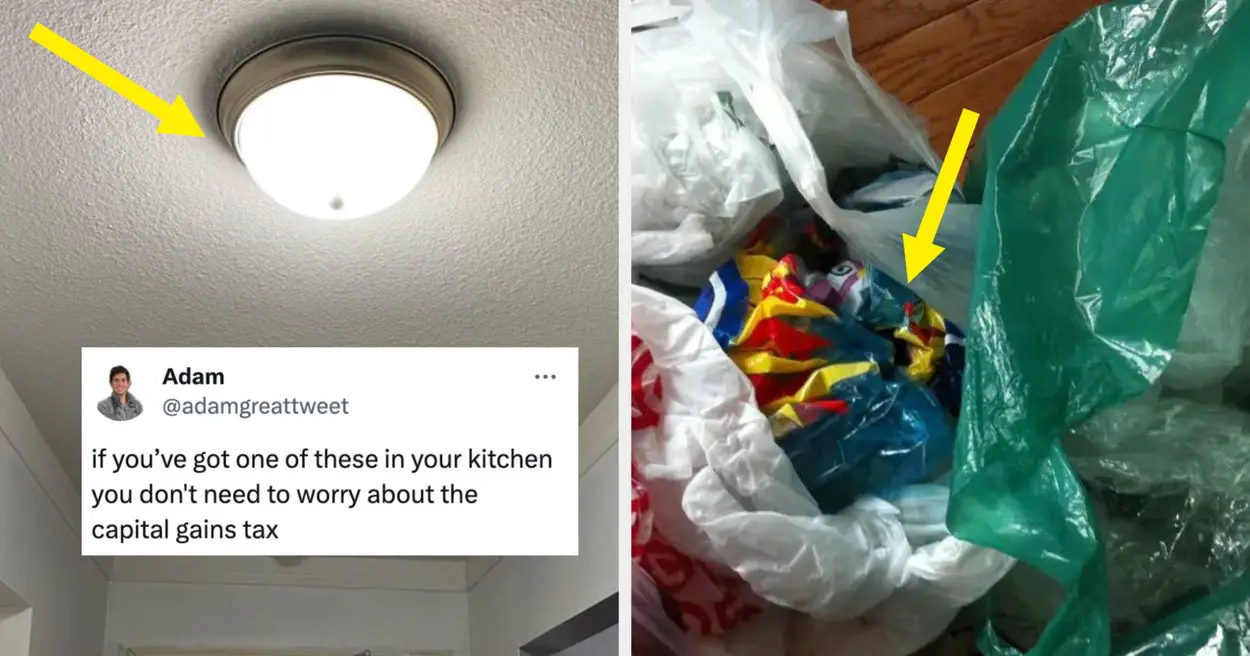Posted by EditorDavid from the meet-the-meteor dept.
NASA’s 2022 DART mission “successfully demonstrated how a fast-moving spacecraft could change an asteroid’s trajectory by crashing into it,” remembers Gizmodo, “potentially providing a way to defend Earth — though the asteroid in this test was never a real threat.”
But a followup study suggests debris from that 525-foot (160-meter) asteroid “could actually strike back,” they add, “though we’re not in any danger.” The [DART] team posits that the collision produced a field of rocky ejecta that could reach Earth within 10 years… [Various aerospace scientists] studied data collected by the Light Italian CubeSat for Imaging of Asteroids, or LICIACube, which observed DART’s impact of Dimorphos up close. Then, they fed LICIACube’s data into supercomputers at NASA’s Navigation and Ancillary Information Facility to simulate how the debris from the asteroid — basically dust and rock — may have disseminated into space. The simulations tracked about 3 million particles kicked up by the impact, some of which are large enough to produce meteors that could be spotted on Earth. Particles from the impact could get to Mars in seven to 13 years, and the fastest particles could make it to our own world in just seven years.
“This detailed data will aid in the identification of DART-created meteors, enabling researchers to accurately analyze and interpret impact-related phenomena,” the team wrote in the paper.
“However, these faster particles are expected to be too small to produce visible meteors, based on early observations,” said Dr. Eloy Peña-Asensio, who lead the research team, in an interview with Universe Today. (He’s a Research Fellow with the Deep-space Astrodynamics Research and Technology group at Milan’s Polytechnic Institute.) The team’s simulations indicated it could take up to 30 years before any of the ejecta is observed on Earth, in a new (and human-created) meteor shower called the Dimorphids.
So while they won’t pose any risk, “If these ejected Dimorphos fragments reach Earth… their small size and high speed will cause them to disintegrate in the atmosphere, creating a beautiful luminous streak in the sky.”
It appears that PL/I (and its dialects) is, or will be, the most widely used higher level language for systems programming. — J. Sammet
Working…










